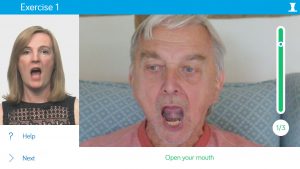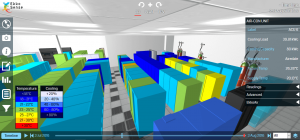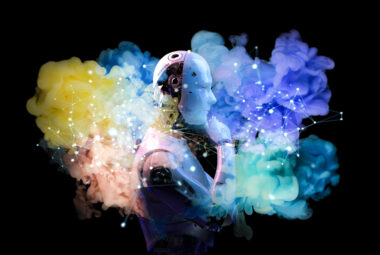Gaming Technology for Patenting Inventions
Gaming technology has come a long way in the past four decades, developing from the earliest two-dimensional video games such as Pong in 1972 to the latest three-dimensional immersive games available on virtual reality consoles such as the new PlayStation VR. Along the way, a great deal of technology has been developed primarily for gaming, which has always taken advantage of the latest developments in hardware to further improve video gaming experiences. Developments in gaming technology can, however, have unexpected applications that solve technical problems in real, as opposed to virtual, worlds. This can lead to potentially patentable inventions, as demonstrated here using two recent examples where inventions derived from gaming technology have been the subject of patent applications prepared and filed by Barker Brettell.
Innovative therapies for stroke patients
A first example relates to the use of a combination of techniques developed for video games and facial expression capture. A system based around the Microsoft Kinect, together with software developed for facial tracking, has been developed by a team led by Phil Breedon, Professor of Smart Technologies at Nottingham Trent University.
The system is aimed at treating stroke patients with facial weakness by enhancing and automating therapy that would normally be provided by trained therapists on a one-to-one basis. The result is that valuable therapist time can be saved and the patient can do facial exercises at home in their own time.
The system works in practice by getting the patient to copy a series of on-screen exercises. The system monitors the patient’s face while they are doing the exercises, and measures their response to each exercise, providing a score relating to how well they are doing. This gives positive feedback to the patient and allows them to easily track their progress over time without the need for frequent visits to a therapist. The ease of use and immediate feedback encourages the patient to carry out more exercises, benefiting their recovery, and the cost for treatment can be reduced by reducing the need for a trained therapist to be present. The invention is the subject of a currently pending patent application1, and has recently been presented at an international conference2.
Saving energy through remote monitoring
A second example is in a completely different area of technology, and with a different aspect of gaming. Many video games are based around a first person point of view, where the player moves around a three dimensional modelled environment and interacts with objects, enemies and other players. These games are often played online, allowing different players to interact with each other within a shared virtual environment. The same engines that allow these video games to work are now being put to other uses in the real world, using three dimensional models of data centres to optimise cooling.
Ekkosense3, a Nottingham-based company providing advanced software for remote sensing, has developed a tool to allow data centres to be monitored remotely in real time within a three dimensional virtual environment. The virtual environment is continually updated with real time sensor data, allowing an overview of temperature and other critical information. The user can also make adjustments to how and where sensor data is gathered in the real environment by making adjustments within the virtual environment. Through the use of low cost sensor technology in place at the data centre and cloud-based computing, new insights into how to make cooling more efficient can be gathered, and large savings made on energy usage. The tool is now the subject of a UK patent application4, due to be published next year.
These examples show that, with a bit of ingenuity, existing advanced gaming technology can be put to different uses in the real world that can have real life benefits and cost savings and, importantly, a real technical effect that has to be present to make an invention patentable.
[1] PCT published application WO/2016/083826: “Facial Exercise System”, The Nottingham Trent University, published 2 June 2016.
[2] P Breedon et al., “Face to face: an interactive facial exercise system for stroke patients with facial weakness”, Proceedings of the 11th International Conference on Disability, Virtual Reality and Associated Technologies, Los Angeles, California, USA, 20-22 September 2016, pages 233-240.
[4] GB1605432.2: Remote monitoring, Ekkosense Ltd., filed 31 March 2016




